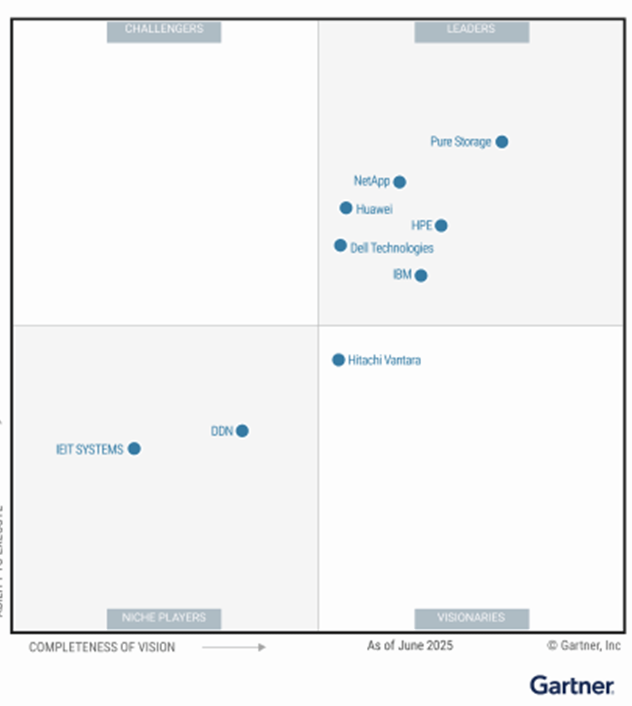2021 Cybersecurity Trends
- kelsey7515
- Jan 20, 2021
- 2 min read
Updated: Mar 10

We have seen an increase in ransomware attacks this year, and remote work, which is crucial during the COVID-19 pandemic, has been disrupted and weakened by attacks like these. Organizations switched to remote work very quickly which could have caused gaps in their cyber security, further allowing these attacks to take place. The security trends we should prepare for in 2021 have been studied by CSO online (CSO Online), and they have all been influenced by the pandemic and are projected to have a long-lasting impact.
1. Ransomware
The pandemic has made organizations more vulnerable as they tried to quickly switch employees to remote work to comply with pandemic guidelines, while keeping their business up and running. This increased the amount of ransomware attacks we saw this year, on all types of businesses. “Cyberinsurance provider Coalition reports that ransomware accounted for 41 percent of all cyberinsurance claims…”. Ransomware attackers have increased the complexity and improved the implementation of their encryption methods. Also, now instead of simply encrypting stolen data, cybercriminals now threaten to release the stolen data if their demands are not met. This all makes it much more difficult to recover encrypted data and makes ransomware valuable to cybercriminals – it is expected that this will continue to be the biggest threats for all types of organizations in 2021.
2. Increased CISO Responsibilities
In correlation with the increase in ransomware attacks and just the shear volume of the increase in attacks in general, CISO’s could have expanded responsibilities within their role. The rush to digitally transform organizations has raised the risk of attacks, thus needing the CISO to be a closer and more involved part of the process. Other than the pandemic reshaping the responsibilities of the CISO, new privacy and security regulations are also having a great effect on the position.
3. Reassessing Security Strategies
The pandemic has led to the need to protect endpoints that can be anywhere and possibly on devices you do not control. How can you do this? Is your company prepared for the cybercriminals that can target these endpoints? Many of the newly remote endpoints organizations have had to protect will become permanent because of the pandemic and the shift in work-from-home views. The previous belief was that working from home would be temporary, but security strategies must be reassessed since WFH seems to be a more permanent fixture in a lot of companies now. Companies have also taken this time to accelerate digital transformation projects, which mostly means moving systems to the cloud. This is another huge project that requires reworking the current security strategy and infrastructure.<
4. Demand for Security Talent
Security leaders are still working to adapt to these long-term changes created by the pandemic. To support these changes, leaders will want to add team members or change the organization of their security teams. The demand for security talent will surely increase as everyone is reassessing their security needs right now.





Comments